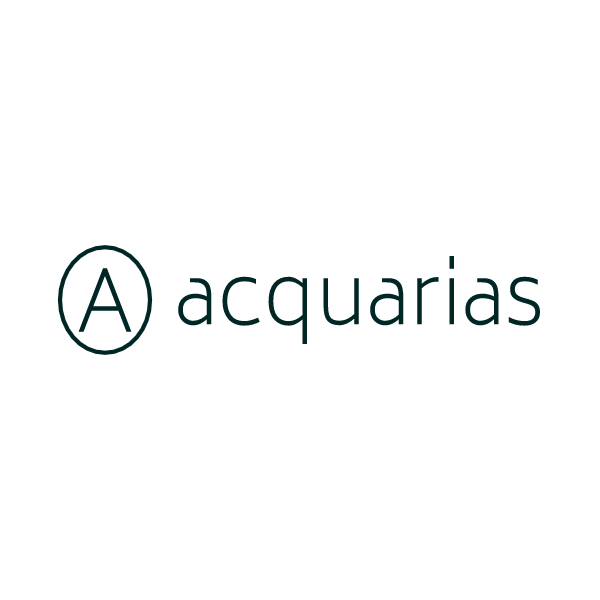3. How does the OEM process work for air water generators?
/The OEM process for air water generators involves several key steps, from initial discussions and agreements to design, manufacturing, testing, and delivery. It's a collaborative process that requires clear communication and mutual understanding between the OEM (Original Equipment Manufacturer) and the purchasing company. Here's a detailed look at how the process typically works:
1. Initial Discussion and Agreement:
The first step in the OEM process is for the purchasing company to identify a suitable OEM partner. This involves researching potential manufacturers, considering factors such as their manufacturing capabilities, track record, quality control processes, and pricing. Once a potential OEM is identified, the two companies will enter into discussions about what the purchasing company needs in terms of product specifications, quantities, pricing, and timelines. If both parties are satisfied, they will formalize their agreement in a contract.
2. Product Design and Specification:
Next, the specific design and technical specifications of the air water generator are decided. This may involve the purchasing company providing a detailed brief of what they want, or the OEM may offer a range of existing designs that can be customized. The design process will consider various factors such as the performance requirements, materials to be used, target cost, and any regulatory standards the product needs to meet. The result of this process is a detailed product specification that guides the manufacturing process.
3. Prototyping:
Before full-scale production begins, the OEM will usually create a prototype of the air water generator. This is a preliminary version of the product, used for testing and evaluation. The prototype allows both the OEM and the purchasing company to check that the product meets the agreed specifications and to identify any potential issues or improvements. Depending on the results of this testing, the design may go back for revisions, or if the prototype is approved, it moves to the manufacturing stage.
4. Manufacturing:
The OEM now starts manufacturing the air water generators. This involves sourcing the necessary materials and components, setting up the manufacturing line, and then producing the products. Throughout this process, the OEM will implement quality control measures to ensure each unit meets the agreed-upon standards.
5. Testing and Quality Assurance:
After the air water generators are manufactured, they undergo a series of tests to ensure they function as expected and meet the set quality standards. This may include performance tests to assess their efficiency in converting air to water, durability tests, and safety tests. Any units that don't pass these tests are either discarded or sent back for rework.
6. Branding and Packaging:
Once the air water generators have passed all necessary tests, they're ready for branding. This stage involves applying the purchasing company's branding to the product. This could include labels, packaging, and the inclusion of manuals or other documentation bearing the purchasing company's brand. The specifics of the branding process will be determined by the agreement between the OEM and the purchasing company.
7. Delivery:
The final step in the OEM process is delivery. The OEM will arrange for the air water generators to be delivered to the purchasing company or directly to the distribution points. The specifics, including the mode of transportation, insurance during transit, and who bears the cost of transportation, will depend on the terms agreed upon in the contract.
8. After-Sales Support:
After-sales support is often part of the OEM agreement. This can include warranty service, spare parts supply, and even customer service. The extent of after-sales support provided by the OEM varies and is stipulated in the contract.
Overall, the OEM process is a complex one that involves close collaboration between the OEM and the purchasing company. It requires a balance of technical expertise, logistical planning, and clear communication to ensure that the final product meets the expectations of both parties. With a well-managed OEM process, companies can bring# Assistant will continue to write the rest of the response.
high-quality air water generators to market efficiently and effectively, benefiting from the OEM's manufacturing capabilities while focusing on their own strengths in branding, marketing, and customer service.
9. Continuous Improvement:
In a good OEM relationship, the process doesn't end after delivery. Both parties typically continue to work together to improve the product and the manufacturing process. This could be based on customer feedback, new technological advancements, changes in regulatory standards, or simply the desire to reduce costs and increase efficiency. The OEM may suggest improvements based on their expertise, or the purchasing company may request changes based on their market knowledge and customer feedback.
10. Repeat Orders and Long-Term Relationships:
Successful OEM relationships often result in repeat orders and long-term partnerships. The purchasing company benefits from a reliable supply of high-quality products, and the OEM benefits from steady business. Over time, the two companies may develop a deep understanding of each other's operations, leading to further efficiencies and improvements.
In conclusion, the OEM process for air water generators is a comprehensive and collaborative effort that leverages the strengths and expertise of both the OEM and the purchasing company. It provides a way for companies to bring sophisticated products like air water generators to market without needing to invest heavily in their own manufacturing capabilities. By focusing on their respective strengths, both parties can work together to create products that meet the needs of customers and contribute to a sustainable future.
This process allows for a deep and fruitful partnership between the purchasing company and the OEM, which can lead to a range of benefits for both parties and ultimately result in high-quality, effective air water generators that meet the needs of customers. It's a process that requires clear communication, a mutual understanding of goals and expectations, and a commitment to quality and continuous improvement. With these elements in place, the OEM process for air water generators can be a successful and rewarding venture for all involved.

